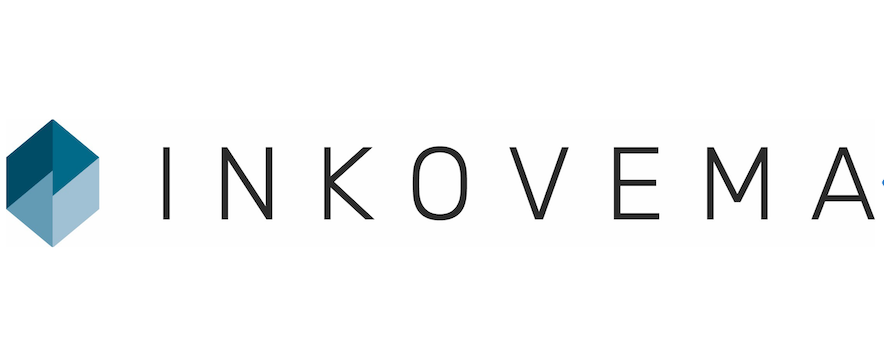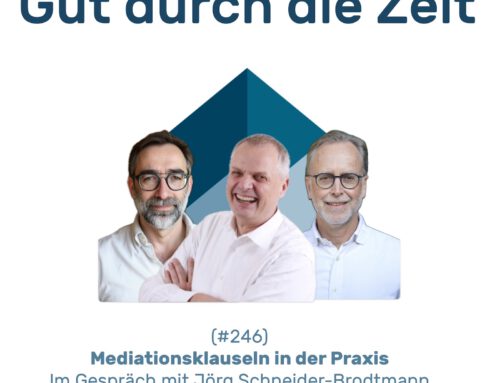INKOVEMA Podcast „Well through time“
#245 GddZ
Mediation in construction
Conflicts in the building hut
In conversation with Claudia Horstmann
Architect, teacher and supervising transactional analyst under supervision (PTSTA), Berlin
Small series: Fields of mediation
Contents
Chapter:
detailed summary
In this episode, we explore the exciting topic of mediation in the construction industry, an area that requires specialised mediation skills due to its complexity and frequent conflicts. I discuss with Claudia Horstmann, an experienced architect and teaching transactional analyst, whose own in-depth experience on construction sites provides valuable insights into the communication dynamics and conflicts that arise in this environment.
We start with a look at the specific communication situation in the so-called Bauhütte, the central meeting point for all those involved in the construction project. This is where architects, clients, engineers and craftsmen meet and where decisions are made that have a significant impact on both the progress of the construction work and the quality of the project. Claudia talks about her experiences as one of the few women in her position and how she has managed to assert herself in this male-dominated field. Her beginnings in construction, amid great challenges and conflicts, were characterised by a constant confrontation with different personal and professional interests.
A key topic we discuss is the need to show edge - both in setting boundaries and in offering relationships. Claudia explains that passing tests and challenges plays a key role in professional respect and collaboration. It's about positioning yourself as a competent professional as well as respecting and actively contributing to the presence and demands of the other participants. In this context, we also incorporate the principles of transactional analysis, which help us to better understand the psychological games and dynamics that arise in such meetings.
We also look at the role of moderation in construction project meetings and discuss the question of whether and how external moderators could help to defuse conflicts and increase the efficiency of these meetings. Claudia emphasises that adequate preparation and hierarchy definition is important to ensure acceptance and respect for a moderator. We discuss what qualities and skills such a moderator would need to possess in order to operate successfully in the often confrontational atmosphere of a building lodge.
Finally, we reflect on the development of communication culture in the construction industry and the possibility that a mediative or facilitated approach could not only resolve conflicts but also improve collaboration between all parties involved. Claudia shares her current experience as a trainer and coach in organisations and how her architectural roots are evident in her work today. She explains how important it is to consider both the human and the spatial context when working together.
This episode not only offers valuable insights into the world of construction projects and the challenges of mediation, but also demonstrates the importance of communication and understanding different perspectives in an often conflict-laden environment.
full transcript on the episode website.
Complete transcription
(AI-generated)





Leave A Comment